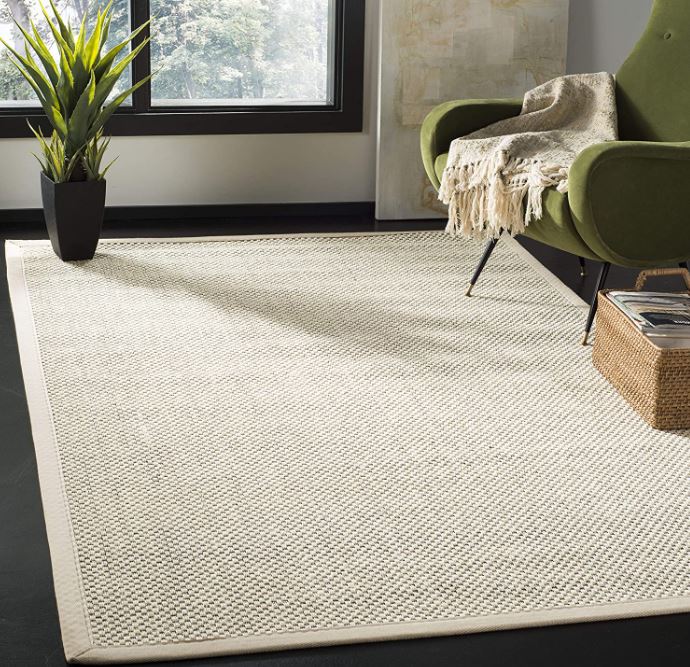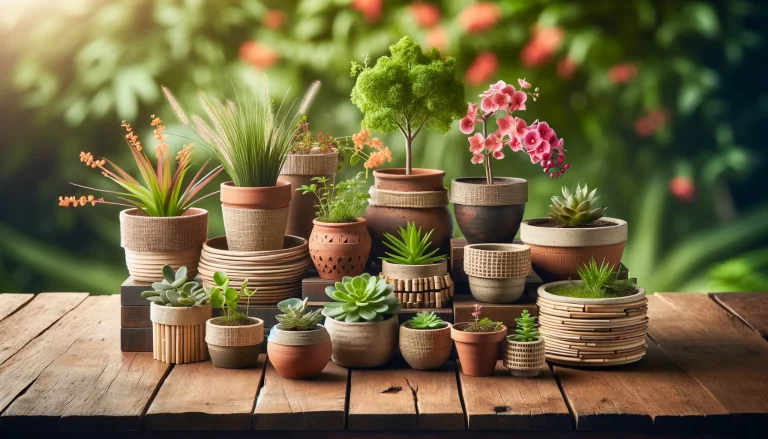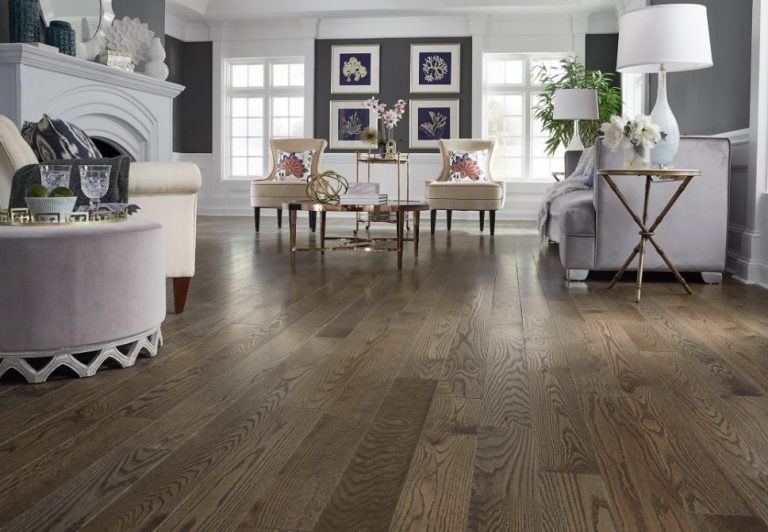
Sisal carpets have grown in popularity for their natural charm, durability, and eco-friendly appeal. Made from the fibers of the agave plant, these carpets bring texture, warmth, and an earthy aesthetic to any space. However, like all natural fibers, sisal carpets requires proper care to maintain its appearance and longevity. If you want your sisal carpet to look fresh for years, understanding how to clean, protect, and maintain it is essential.
Understanding Sisal Carpets
Before diving into maintenance tips, it’s important to understand what makes sisal unique:
- Durable but porous: Sisal is naturally strong, making it ideal for high-traffic areas, but it can absorb liquids quickly.
- Textured surface: Its coarse texture gives it a rustic charm, but it can trap dirt and dust more easily than smooth carpets.
- Eco-friendly: Made from renewable plant fibers, sisal is biodegradable and sustainable.
Knowing these characteristics helps you care for your carpet effectively without compromising its natural beauty.
Daily Maintenance Tips
Keeping your sisal carpet looking new starts with simple daily habits:
- Vacuum regularly: Vacuum at least twice a week to remove dust and debris. Use a suction-only vacuum to avoid damaging the fibers, as rotating brushes can fray sisal.
- Spot clean spills immediately: Blot liquids with a clean, dry cloth. Never rub, as this can push the liquid deeper into the fibers.
- Use doormats: Place mats at entrances to reduce dirt and moisture entering the room. This simple step minimizes staining and wear over time.
Regular daily maintenance prevents buildup and reduces the need for deep cleaning.
Handling Stains and Spills
Sisal is sensitive to water and certain cleaning chemicals, so proper stain management is critical:
- Blot, don’t rub: Use a white cloth to blot spills immediately.
- Avoid excessive water: Too much water can warp the fibers or cause staining. Instead, use a slightly damp cloth with a mild soap solution if necessary.
- Test cleaners first: Always test any cleaning product in an inconspicuous area to ensure it doesn’t discolor or damage the fibers.
- Professional help for tough stains: For stubborn stains like wine or coffee, professional carpet cleaning is the safest option. Avoid harsh chemicals or steam cleaning, as they can damage sisal fibers.
Deep Cleaning and Seasonal Care
Even with daily care, sisal carpets benefit from deeper cleaning every few months:
- Dry cleaning methods: Use dry carpet powders or foams suitable for natural fibers. This avoids water damage while removing dirt embedded in the fibers.
- Rotate your carpet: Rotate the carpet every 3–6 months to ensure even wear, especially in high-traffic areas.
- Protect from sunlight: Direct sunlight can fade natural fibers over time. Use curtains or blinds to reduce exposure.
By incorporating these seasonal habits, you can prolong the life and appearance of your sisal carpet.
Protecting Your Sisal Carpet
Preventive measures are often more effective than cleaning after damage:
- Use carpet pads: Placing a non-slip pad under your sisal carpet protects it from friction and extends its lifespan.
- Furniture care: Use felt pads under furniture legs to avoid indentations and fiber damage.
- Area-specific placement: Sisal is excellent in living rooms, hallways, or offices but less suitable for bathrooms or kitchens where moisture is frequent.
These protective steps reduce wear and maintain the carpet’s aesthetic appeal.
Common Mistakes to Avoid
To keep your sisal carpet looking new, avoid these common mistakes:
- Over-wetting the carpet: Sisal fibers can swell and weaken when exposed to excessive moisture.
- Using harsh chemicals: Bleach, vinegar, or strong detergents can discolor or break down the fibers.
- Ignoring regular vacuuming: Dust and grit can erode fibers over time if not removed consistently.
- Placing in damp areas: Moisture encourages mold and mildew, which can ruin your carpet.
Being aware of these pitfalls helps you maintain a beautiful, long-lasting sisal carpet.
Final Thoughts
Sisal carpets Dubai combine elegance, texture, and sustainability, making them a popular choice for modern homes. While they require specific care due to their natural fibers, maintaining their beauty is simple with daily upkeep, proper stain management, and preventive measures.




